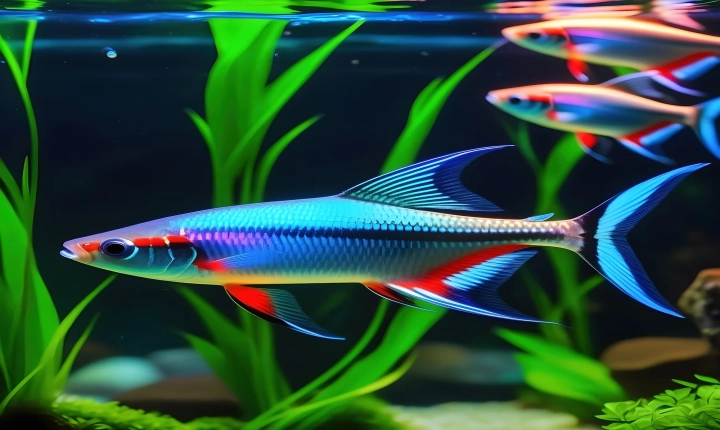Creating AI-generated art has become a popular and intriguing topic in the world of technology and art. With advancements in machine learning and artificial intelligence, it is now possible to generate unique and captivating artworks using AI algorithms. Whether you are an artist looking to explore new mediums or a technology enthusiast interested in the intersection of art and AI, generating AI art can be a rewarding and inspiring endeavor.
One of the most common methods for generating AI art is through the use of Generative Adversarial Networks (GANs). GANs are a type of machine learning model that pits two neural networks against each other – one to generate images and the other to judge the quality of those images. Through this adversarial process, the generator network learns to create increasingly realistic and original images, resulting in AI-generated art that can rival human-created works in terms of creativity and aesthetic appeal.
To create AI art using GANs, one can start by training the model on a dataset of art images, such as paintings from different art movements, photography, or digital art. The model learns the characteristics and styles of the input artworks and then applies this knowledge to create new, unique pieces. Artists and creators can experiment with various parameters, such as the size of the dataset, the architecture of the neural networks, and the training duration, to fine-tune the output and achieve the desired artistic effect.
Another approach to generating AI art is through the use of style transfer algorithms. Style transfer allows artists to apply the visual style of one artwork onto another, resulting in a fusion of two artistic styles. By using a trained neural network, one can extract the style features from a reference artwork and apply them to a target image, resulting in a new, AI-generated artwork that combines elements from both sources. This method enables artists to explore new artistic possibilities and create visually striking compositions that blend different artistic traditions and influences.
In addition to GANs and style transfer, there are many other AI algorithms and techniques that can be used to generate art, such as neural style transfer, deep learning-based image generation, and creative applications of reinforcement learning. These tools and methods offer a wide range of possibilities for artists and creators to explore and experiment with, opening up new avenues for artistic expression and creative exploration.
As artists and creators delve into the world of AI-generated art, it is important to consider the ethical and philosophical implications of using AI in the artistic process. Questions about authorship, originality, and the role of human creativity in the age of AI are important considerations for those interested in exploring this emerging field. While AI can serve as a powerful tool for augmenting artistic creativity, it is essential to maintain a critical and reflective approach to the use of AI in art, acknowledging the complex interplay between technology, creativity, and human expression.
In conclusion, generating AI art opens up new frontiers for artistic exploration and creative expression. The fusion of technology and art through AI algorithms offers artists and creators a wealth of possibilities for creating unique and captivating artworks. Whether through GANs, style transfer, or other AI techniques, the process of generating AI art can inspire new forms of artistic expression and challenge our understanding of creativity and authorship in the digital age. As AI continues to advance, the potential for AI-generated art to push the boundaries of artistic innovation and imagination is boundless, making it an exciting and dynamic field for artists, technologists, and art enthusiasts alike.
